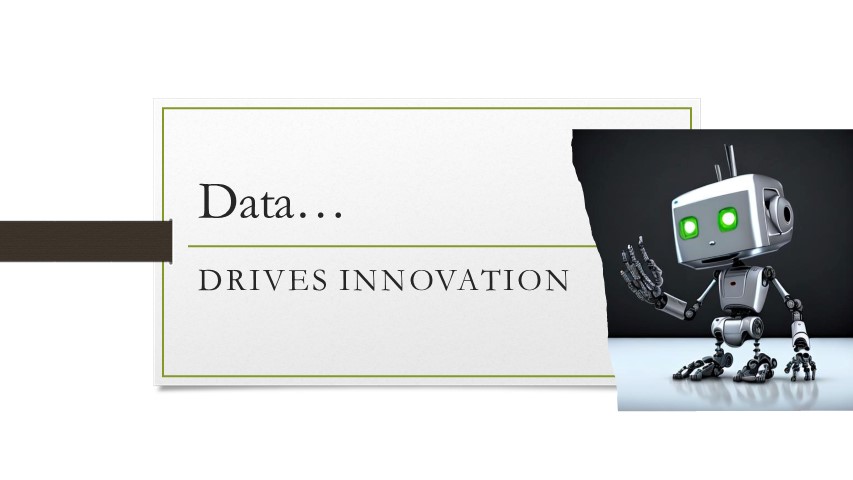


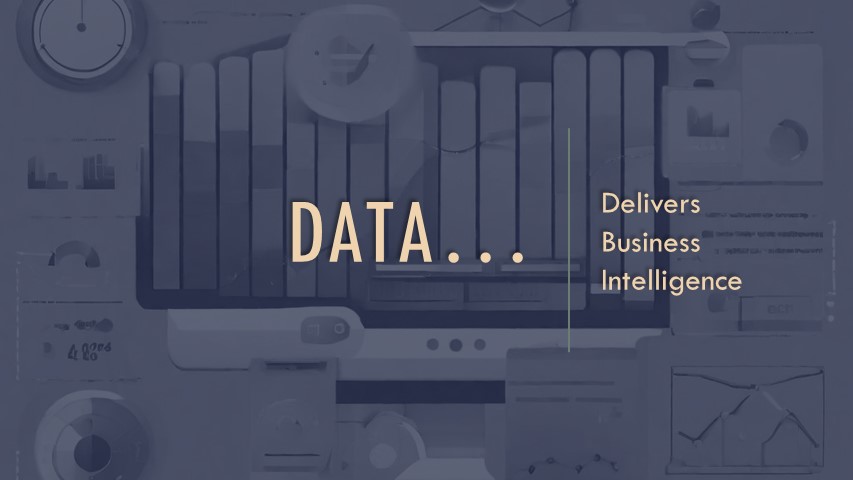
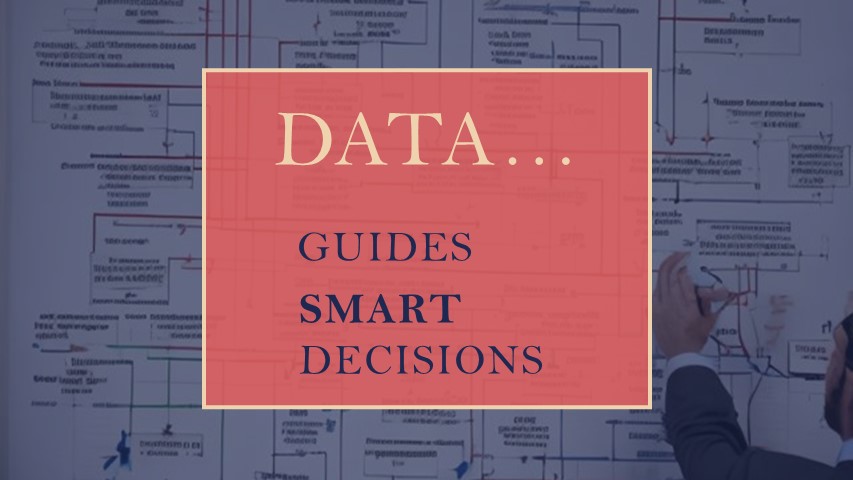
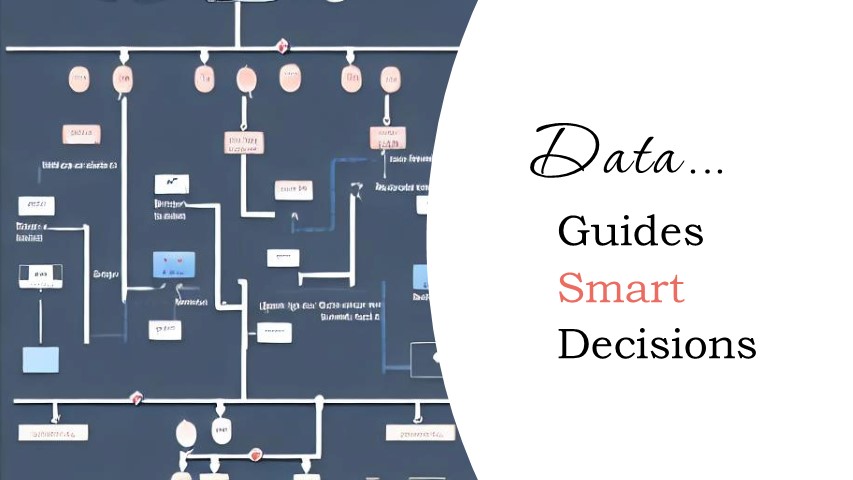

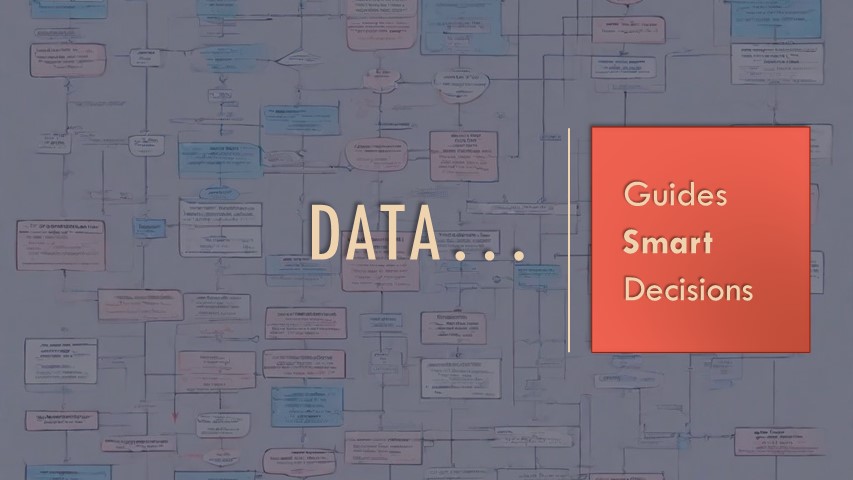
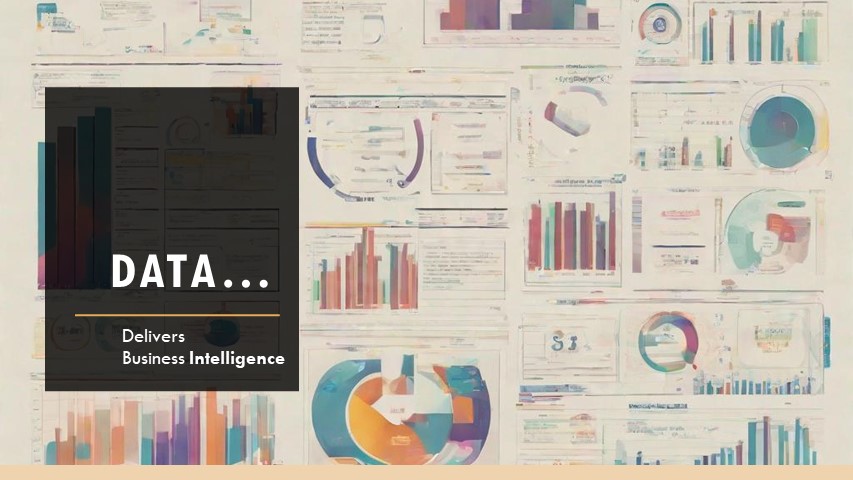
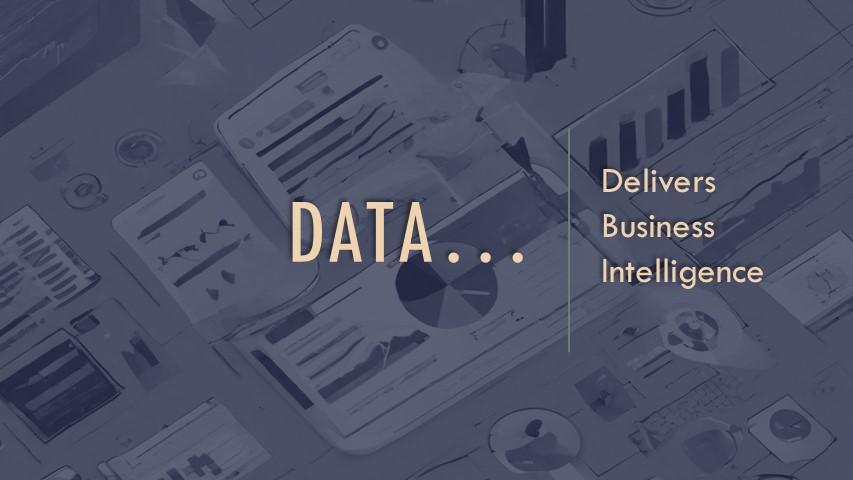
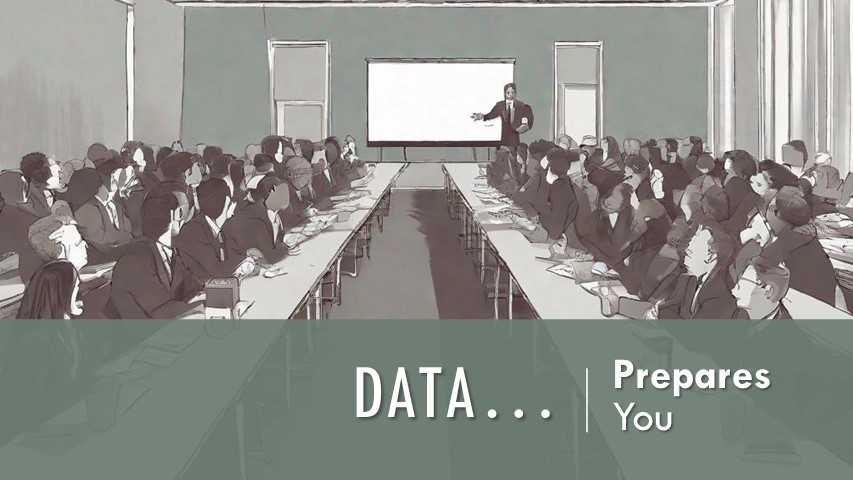
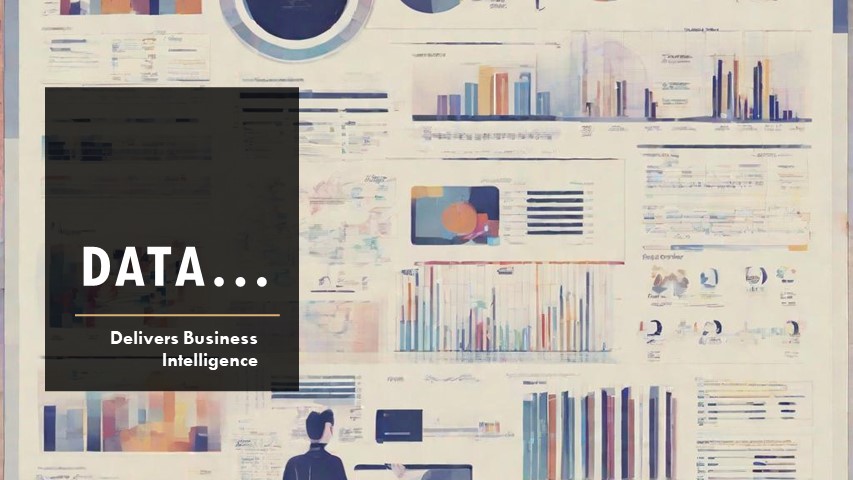
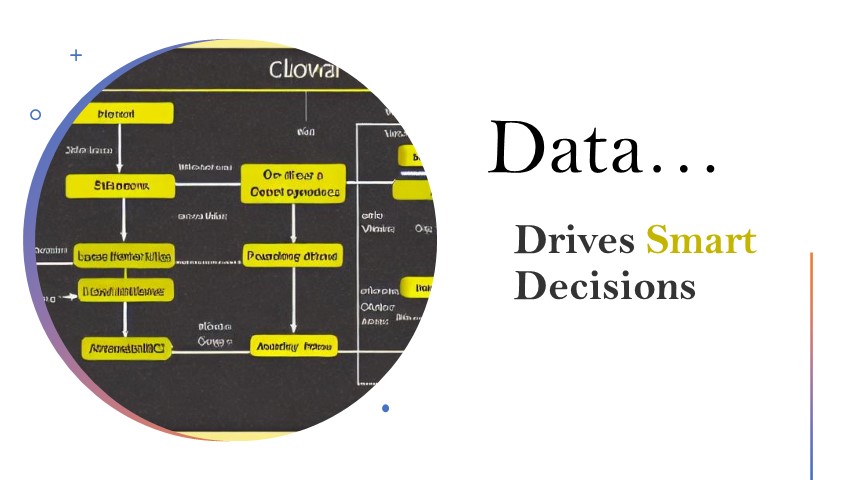
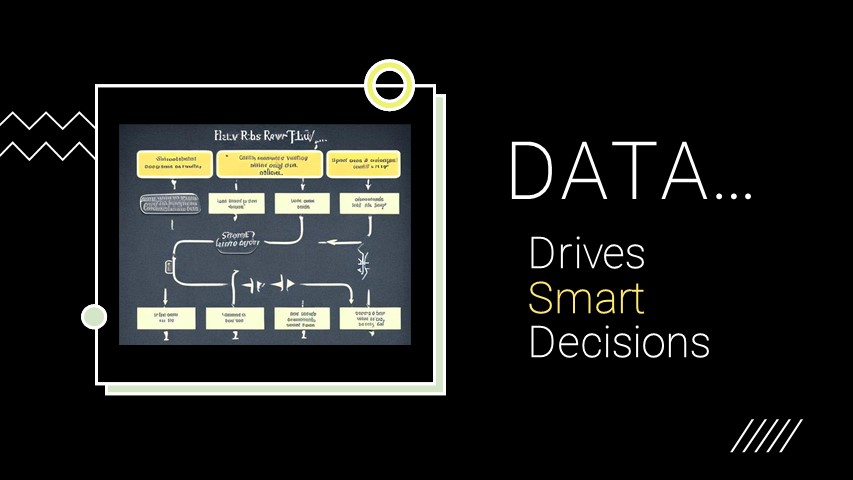


























-Services-
Data Engineering
SQL • Python • R
SSIS • AWS Glue • Stored Procedures
And More!
Data Analytics
Business Intelligence
Power BI • Tableau • AWS QuickSight
Website SEO
And More!


We're using AI image detection to find out when cats are visiting the food bowl!
Check it out!
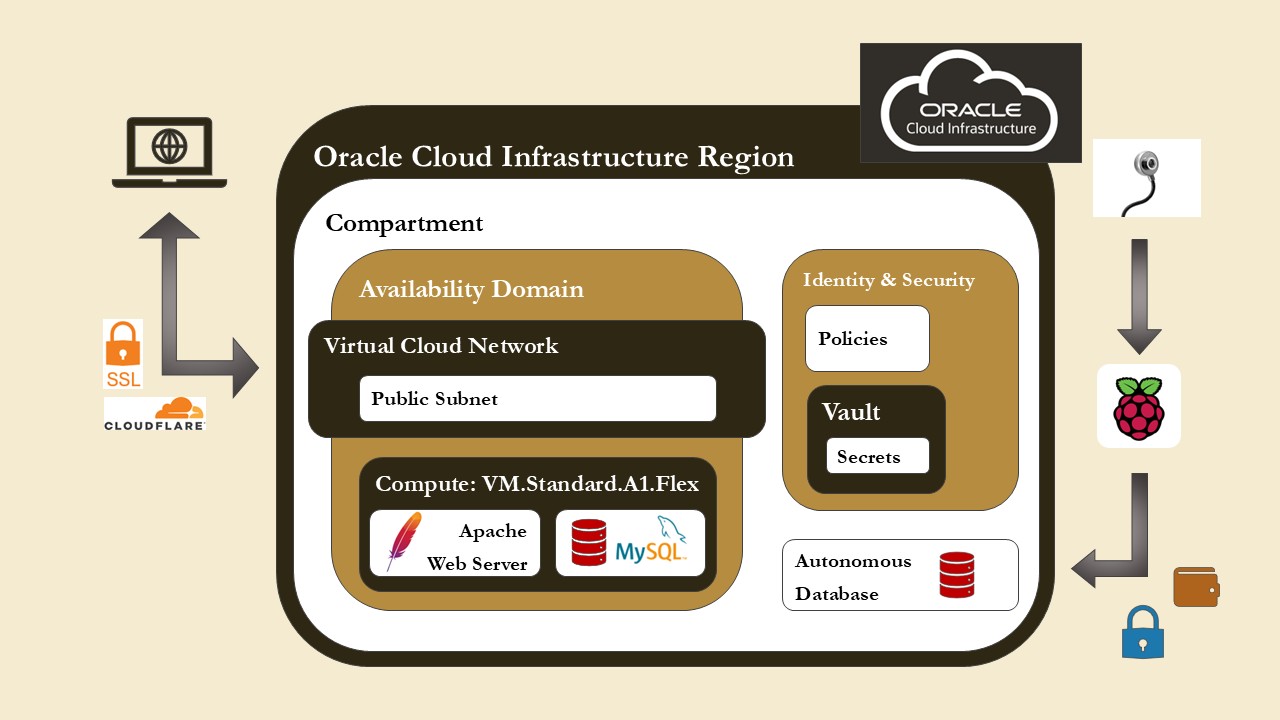
The Who Dat Cat? website runs on an Apache web server that resides in an Oracle Cloud Infrastructure (OCI) environment. AI detection runs on a Raspberry Pi and sends positive detection results to a database in OCI.
Take a look!

Analytic dashboards are powerful tools used in data analysis and visualization. They provide a consolidated view of key performance indicators (KPIs), metrics, and trends within an organization or a specific domain. These dashboards gather data from various sources, such as databases, spreadsheets, and other software systems, and present it in a visually appealing and interactive format that is easy and fast to understand.
Typically, analytic dashboards offer customizable features, allowing users to tailor the display to their specific needs and preferences. They often include charts, graphs, tables, and other visual elements to help users quickly understand complex data sets and identify insights.
The primary purpose of analytic dashboards is to facilitate data-driven decision-making by enabling users to monitor performance, identify patterns, and uncover trends. They are widely used across industries, including finance, marketing, healthcare, and manufacturing, to track progress, measure success, and drive business strategy.
The example on the right shows some fun space mission data that was collected from kaggle.com. It demonstrates functionality such as dynamic filtering and implementing flexible design elements. There are a number of applications to choose from such as Tableau, Power BI, and AWS QuickSight to develop these incredible tools. We can help you decide which is best for your unique needs and help get you started uncovering insights that will steer you toward data-driven success!

Data engineering involves the design, development, and maintenance of systems and processes for collecting, storing, and processing data in a reliable and efficient manner. Data engineers work with large volumes of data, both structured and unstructured, and focus on ensuring that data is available, accessible, and usable for analysis and decision-making purposes.

colors = ["red", "green", "blue"]
for x in colors:
print(x)
colors <- list("red", "green", "blue")
for (x in colors) {
print(x)
}
CREATE TABLE helloworld (phrase TEXT);
INSERT INTO helloworld VALUES ("Hello, World!");
INSERT INTO helloworld VALUES ("Goodbye, World!");
SELECT COUNT(*) FROM helloworld;
Key responsibilities of data engineers include:
- Data Collection: Gathering data from various sources, such as databases, APIs, logs, and sensors.
- Data Storage: Designing and implementing data storage solutions, including databases, data lakes, and data warehouses, to store and manage large volumes of data efficiently.
- Data Processing: Developing ETL (Extract, Transform, Load) pipelines to clean, transform, and aggregate raw data into a usable format for analysis.
- Data Quality Assurance: Ensuring the accuracy, completeness, and reliability of data through data validation, cleansing, and quality checks.
- Data Integration: Integrating data from different sources and systems to create a unified view of the data landscape.
- Performance Optimization: Optimizing data pipelines and infrastructure for performance, scalability, and cost-effectiveness.
- Data Governance: Implementing policies and procedures to ensure data security, privacy, and compliance with regulations.
Data engineering plays a crucial role in enabling data-driven decision-making within organizations by providing the foundation for analytics, machine learning, and other data-driven applications.
Fascinating Engaging Captivating Enthralling Mesmerizing Ensnaring Astonishing Playlists
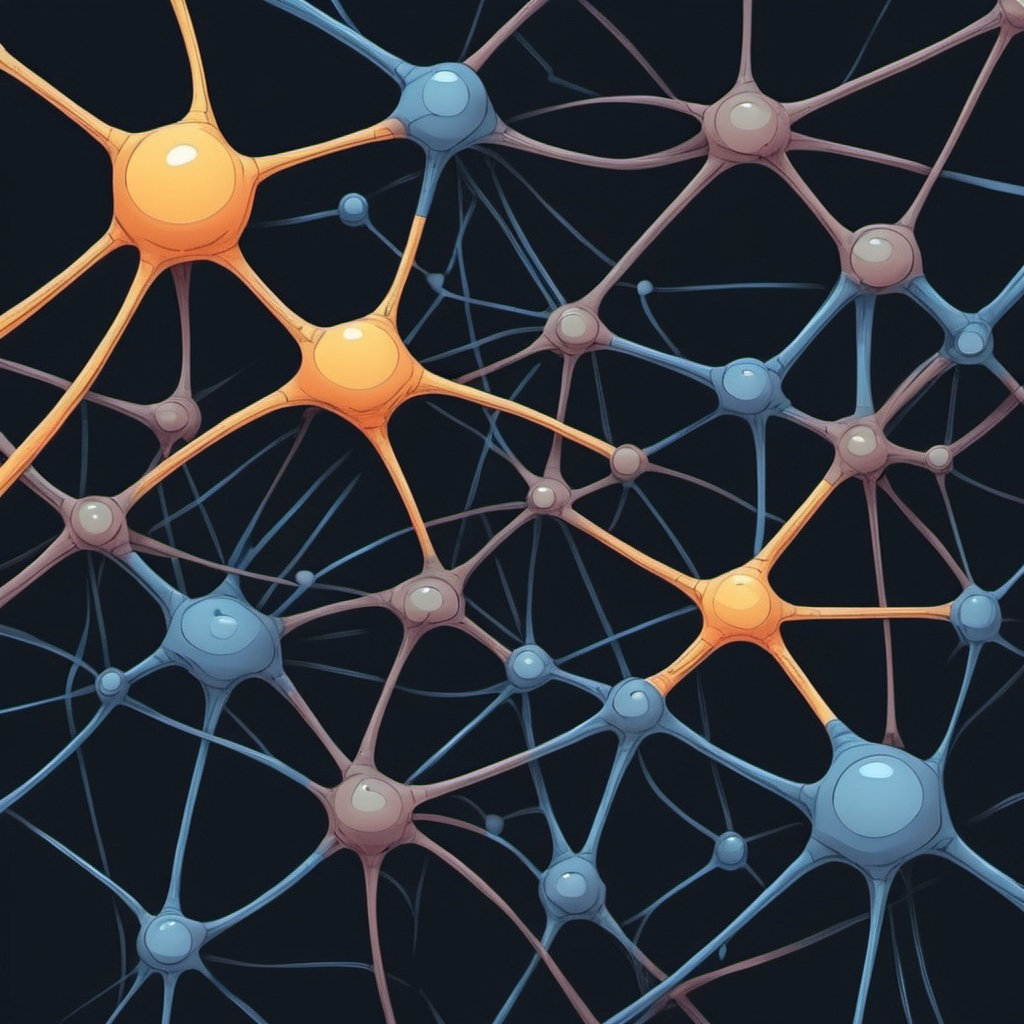
The Analog
Learn about data analytics, line queue models, encryption, neural networks, and more!

toopter's Android Service & Repair
Learn to build robots!

PragMathic
Come explore the universal language of our universe, mathematics!

